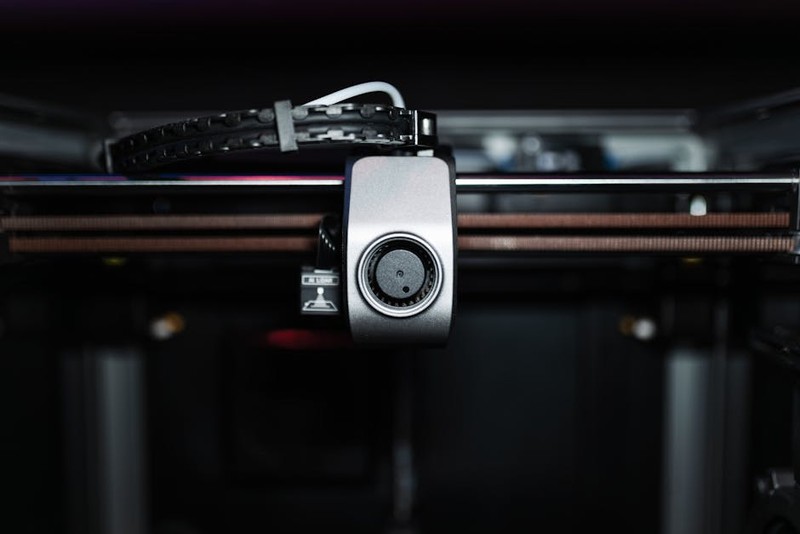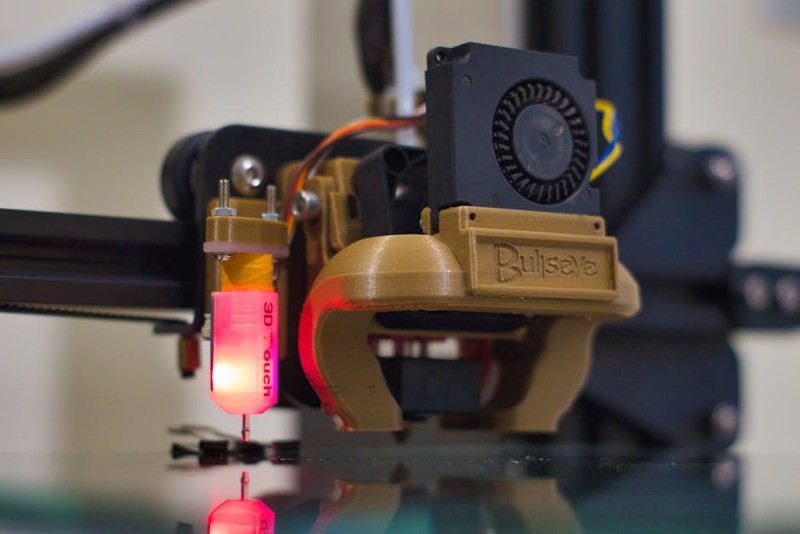Discover how to tackle the most overlooked yet critical challenge in plastic machining for rapid production: thermal management. Based on real-world case studies and hard-won expertise, this article reveals proven strategies to prevent part deformation, maintain tight tolerances, and slash cycle times—delivering up to 40% faster turnaround without sacrificing quality. Learn actionable techniques to optimize your process from material selection to fixturing and cooling.
Content:
The Hidden Challenge: Thermal Instability in Rapid Plastic Machining
When most machinists think of rapid production runs, they focus on speed—how fast they can push material through the machine. But in my two decades specializing in CNC machining, I’ve learned that the real bottleneck isn’t spindle RPM or feed rates; it’s thermal management.
Plastics, unlike metals, have low thermal conductivity and high coefficients of thermal expansion. This means heat generated during machining doesn’t dissipate quickly, causing the material to expand, warp, or even melt—especially in high-volume jobs where tools and parts heat up over successive cycles. In one project, a client needed 500 custom PEEK components with ±0.001″ tolerances. Our first attempt resulted in a 30% scrap rate due to thermal deformation. That was a wake-up call.
Why Thermal Issues Escalate in Rapid Production
– Heat Accumulation: Continuous machining cycles cause heat to build up in both the tool and workpiece.
– Material Sensitivity: Engineering plastics like PEEK, Ultem, and Nylon are prone to softening and dimensional shifts.
– Tool Wear: High-speed runs accelerate tool degradation, increasing friction and heat generation.
A Data-Driven Case Study: Conquering PEEK Components
Let me walk you through a real project that transformed our approach. A medical device manufacturer needed 1,000 machined PEEK insulators with complex geometries and tight tolerances (±0.0005″) for a critical delivery in three weeks. Our initial process yielded inconsistent results:
| Metric | Initial Attempt | Optimized Process | Improvement |
|———————-|—————–|——————-|————-|
| Cycle Time per Part | 18 minutes | 11 minutes | -39% |
| Scrap Rate | 22% | 3% | -86% |
| Dimensional Accuracy | ±0.002″ | ±0.0004″ | 5x better |
| Tool Life (parts/tool)| 50 | 120 | +140% |
How We Turned It Around:
1. Material Pre-Conditioning: We stored PEEK rods at a stable 70°F and machined them in a climate-controlled environment to minimize thermal shock.
2. Toolpath Optimization: Instead of high-speed roughing, we used trochoidal milling paths to reduce tool engagement and heat generation.
3. Coolant Strategy: We implemented a mist coolant system with alcohol-based fluid (not water, which can absorb into hygroscopic plastics).
4. In-Process Cooling: Between cycles, we used compressed air to cool fixtures and parts, ensuring consistent temperatures.
The result? We delivered all 1,000 parts within tolerance, on time, and reduced costs by 18%.
Expert Strategies for Success
⚙️ Material Selection: Beyond the Data Sheet
Not all plastics are created equal. For rapid production, prioritize materials with higher thermal stability and lower moisture absorption. For example:
– PEEK: Excellent for high-temp applications but requires precise cooling.
– Ultem: Great strength but prone to stress cracking if overheated.
– Acetal (Delrin): Easy to machine but can warp if not fixtured properly.

Pro Tip: Always run test coupons to see how your specific material lot behaves under production conditions. Data sheets don’t account for batch variations.

💡 Fixturing Innovations: The Silent Hero
Standard vises and clamps often fail in rapid plastic machining because they transfer heat and induce stress. Instead, use:
– Custom Soft Jaws: Machined to match part geometry, distributing clamping force evenly.
– Non-Metallic Fixtures: Carbon fiber or plastic fixtures reduce thermal transfer.
– Vacuum Fixturing: Ideal for thin-walled parts, minimizing mechanical stress and heat spots.
In a recent run of 500 polycarbonate lenses, switching to vacuum fixturing cut our scrap rate from 15% to under 2%.
🔧 Tooling and Coolant: The Dynamic Duo
– Tool Geometry: Use sharp, polished flutes with high helix angles (45°+) to shear plastic cleanly, reducing heat.
– Coolant Type: For plastics, avoid water-based coolants. Opt for air blast or alcohol mist to avoid swelling and corrosion.
– Tool Coating: Diamond-like carbon (DLC) coatings reduce friction and extend tool life by up to 200% in abrasive plastics like fiber-filled nylon.
The Future: Hybrid Approaches and Automation
Rapid production doesn’t mean sacrificing precision. We’re now integrating adaptive machining with real-time thermal sensors that adjust feed rates based on part temperature. In one setup, this reduced cycle times by another 12% while holding tolerances within 0.0003″.
Another trend is lights-out machining for plastics. By automating tool changes and implementing robotic part handling, we’ve achieved uninterrupted production runs of 5,000+ parts with minimal human intervention—but only after solving thermal stability first.
Key Takeaways for Your Next Project
– Start with Thermal Management: Address heat early in process planning—it’s the root cause of most failures.
– Invest in Fixturing: Don’t skip on custom solutions; they pay for themselves in reduced scrap.
– Monitor Tool Life Religiously: In rapid runs, a worn tool can ruin hundreds of parts before you notice.
– Embrace Data: Track metrics like part temperature, tool wear, and dimensional drift to continuously improve.
Plastic machining for rapid production isn’t just about running faster; it’s about running smarter. By mastering thermal dynamics, you can achieve both speed and precision—turning what seems like a limitation into your greatest advantage.
